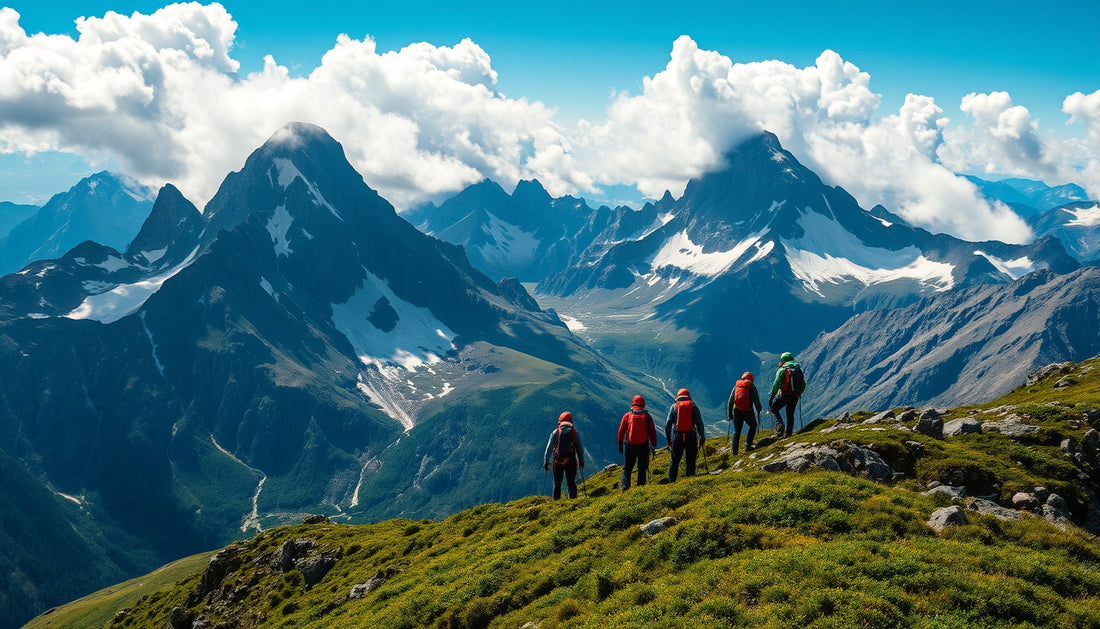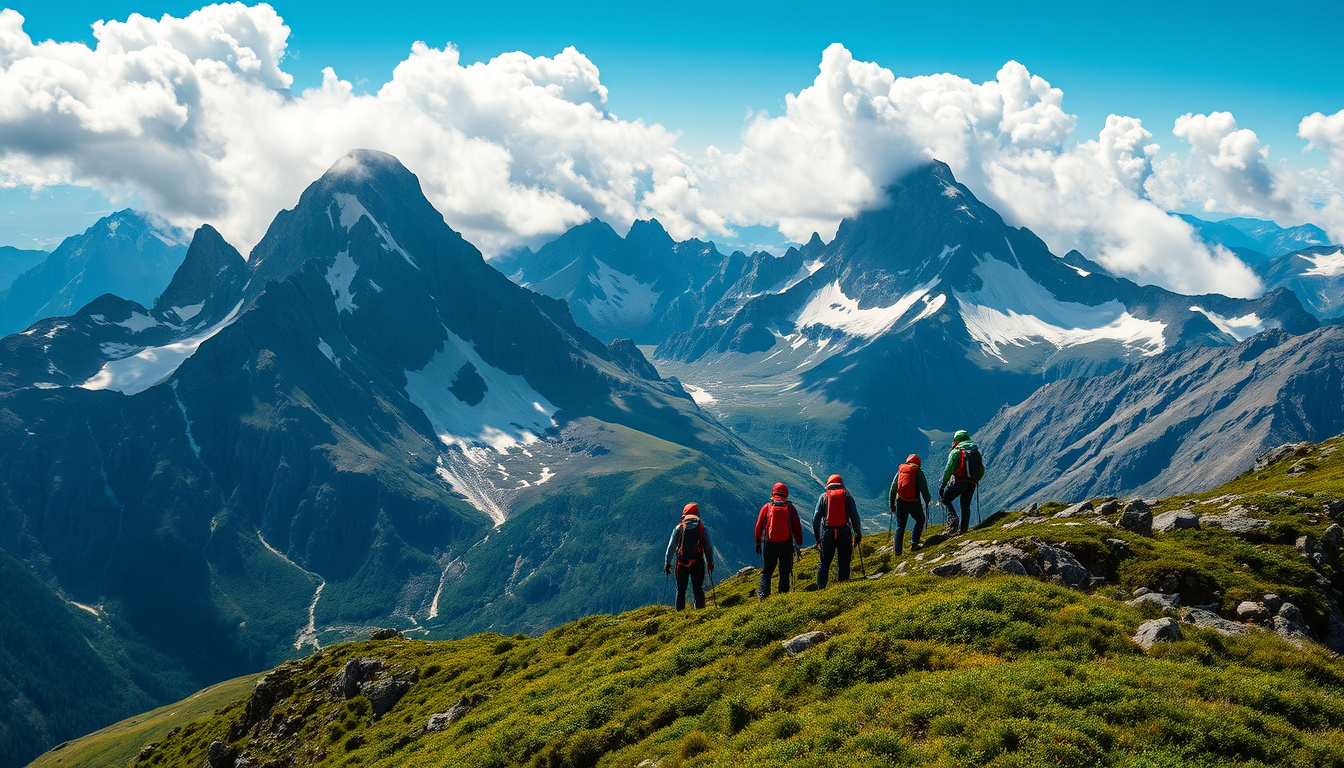
Conquer the Peaks: Essential Tips for Staying Safe on the Mountain
Share

Mountains have long captured the human imagination. Their towering peaks offer breathtaking views, a sense of accomplishment, and a profound connection with nature. But with this allure comes inherent risk. Whether you're an experienced climber or a weekend hiker, staying safe on the mountain is essential to ensure your adventure ends in triumph, not tragedy. So, how can you prepare to conquer those peaks while safeguarding yourself against the mountain’s challenges?
Why Mountain Safety Matters
Mountains can be unpredictable environments. Rapid weather changes, rugged terrain, and altitude-related health issues all pose threats. According to the American Alpine Club, accidents on mountains often result from inadequate preparation and lack of knowledge about mountain hazards. Prioritizing safety increases your chances of completing your journey successfully and inspires others to respect and protect these natural treasures.
Essential Tips for Staying Safe on the Mountain
1. Plan and Prepare Thoroughly
Preparation starts long before you set foot on the trail. Gather detailed information about your route:
- Study maps and topography.
- Check weather forecasts regularly.
- Understand the difficulty level and physical demands.
- Inform someone reliable about your itinerary and expected return.
“Failing to prepare is preparing to fail,” noted mountaineer Sir Edmund Hillary, and his words ring true in every climb.
2. Equip Yourself Wisely
Never underestimate the power of proper gear. Packing the right equipment can be a lifesaver:
- Sturdy boots with good traction.
- Layered clothing for variable weather conditions.
- Navigation tools: compass, GPS, and maps.
- First aid kit tailored to your journey.
- Adequate food and water supplies.
- Emergency shelter or bivvy bag.
Consider investing in avalanche safety gear for snow-covered peaks. Many experts agree proper equipment and knowledge go hand-in-hand to avoid disaster.
3. Know Your Limits
Are you pushing beyond what your body and skills can handle? Recognizing and respecting your limits is essential. Altitude sickness, fatigue, or injury can derail even the most promising expedition.
- Acclimate gradually when ascending high altitudes.
- Take regular breaks to hydrate and refuel.
- Turn back if conditions deteriorate or you feel unwell.
Dr. John West, a leading expert in wilderness medicine, emphasizes, “Listening to your body and the mountain is the best safety tool you have.”
4. Stay Aware of Changing Conditions
Mountain weather is famously volatile. One moment can shift from clear skies to thunderstorms or snow.
- Monitor weather updates frequently.
- Watch for signs like darkening clouds or sudden temperature drops.
- Adjust your plans promptly in response to changing conditions.
5. Practice Safe Navigation
Getting lost on a mountain can quickly become dangerous. Even seasoned hikers must:
- Use maps and GPS devices effectively.
- Avoid shortcuts or unmarked trails.
- Identify and remember landmarks.
Always have a backup navigation method in case electronic devices fail.
6. Travel with a Partner or Group
Going solo increases risk. Companionship provides assistance during emergencies and increases overall vigilance.
Mountaineer Reinhold Messner once said: “The mountain cares for those who care for it.” Traveling responsibly with others reflects this sentiment.
What to Do in Emergencies
Despite the best precautions, accidents can happen. Familiarize yourself with emergency protocols:
- Stay calm and assess the situation.
- Use a whistle or signal mirror to call for help.
- Administer basic first aid immediately.
- Conserve energy and warmth while waiting for rescue.
Why Mountain Safety Goes Beyond Personal Protection
Adhering to safety protocols is also a form of environmental stewardship. Avoiding unnecessary risks reduces strain on rescue teams and minimizes human impact on fragile ecosystems. When we take care of ourselves, we also honor the wilderness we cherish.
In Summary
Mountain safety blends preparation, prudence, and respect for nature’s forces. By planning carefully, equipping properly, and listening closely—to your body, your companions, and the environment—you can conquer the peaks confidently and responsibly.
Key safety reminders:
- Thoroughly research your route.
- Pack essential gear for all conditions.
- Know and respect your physical limits.
- Monitor and respond to weather changes.
- Navigate using reliable methods.
- Travel with others whenever possible.
The mountains hold incredible experiences waiting to be discovered. Are you ready to meet them safely?
Call to Action
Before your next ascent, take a moment to review and update your safety plan. Join local mountain safety workshops or wilderness first aid courses. Share your knowledge with fellow outdoor enthusiasts and foster a culture of safety in the climbing community. Together, we can conquer the peaks while preserving their majesty for generations to come. Safe climbing!






